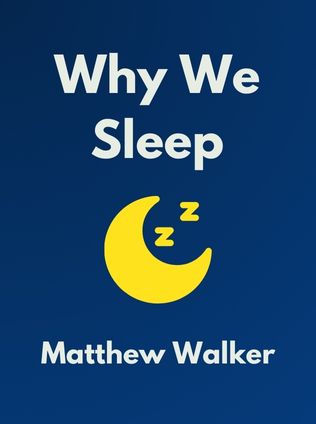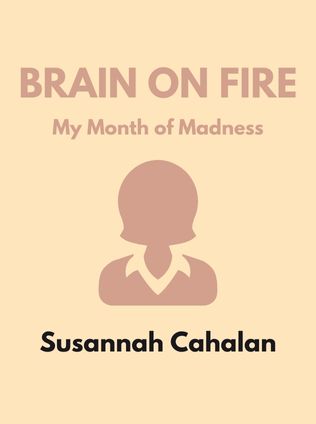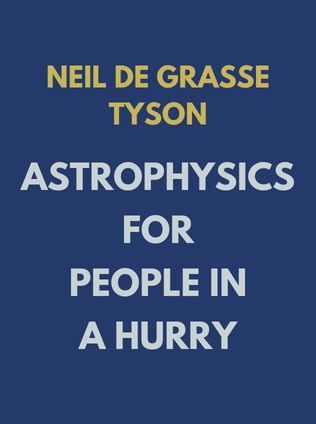
The Body
Brain, Mind, and Body in the Healing of Trauma
By Bill Bryson
Published 06/2014
About the Author
Bill Bryson is a renowned author whose work spans a wide range of genres, from travel writing to science and history. His engaging style and knack for making complex topics accessible to a broad audience have earned him international acclaim. Bryson's ability to weave humor with insightful observations has made his books popular among readers of all ages. In "The Body: A Guide for Occupants," Bryson takes on the daunting task of exploring the human body, breaking down its complexities into a narrative that is both enlightening and entertaining.
Main Idea
In "The Body: A Guide for Occupants," Bill Bryson invites readers on a journey through the human body, presenting it as both a marvel of nature and a fragile machine. The book is structured as a comprehensive tour, exploring the body’s various systems, their functions, and the remarkable interplay that keeps us alive. Bryson doesn’t just provide a biological overview; he enriches the narrative with historical anecdotes, scientific discoveries, and practical advice, encouraging readers to appreciate the intricacies of their own bodies and the importance of maintaining health.
Table of Contents
- Introduction
- The Body's Building Blocks: Cells and DNA
- The Brain: Our Command Center
- The Heart and Circulatory System: The Body's Lifeline
- The Immune System: Our Defense Mechanism
- The Digestive System: Fueling the Body
- The Musculoskeletal System: Movement and Support
- The Skin: Our Protective Layer
- The Senses: Perception and Interaction
- Sleep: Rest and Recovery
- Nutrition: Feeding the Body
- Hygiene: Maintaining Health
- Fitness: Keeping the Body Active
- Medication: Healing the Body
- Conclusion: The Fragility and Resilience of the Body
The Body's Building Blocks: Cells and DNA
The journey through the body begins with the cell, the fundamental unit of life. Each cell in our body is a microcosm of activity, housing our DNA—the blueprint that makes us who we are. Bryson describes cells as self-sufficient units that work tirelessly to maintain life, replicating to replace those that die. This process is largely error-free, but when mistakes occur during DNA replication, they can lead to mutations and diseases like cancer.
"The trillions of cells that make up your body are like a bustling city, each with its own role and function, all working together to sustain the miracle that is life." - Bill Bryson
Cells are a testament to the body's resilience but also highlight its vulnerabilities. Bryson emphasizes the delicate balance that keeps us healthy, where even small errors at the cellular level can have significant consequences, reminding us of the body’s intricate design and the importance of cellular health.
The Brain: Our Command Center
The brain, often described as the most complex organ in the body, serves as our command center. It regulates everything from basic survival functions like breathing to complex cognitive processes such as thinking and feeling. Bryson delves into the brain’s extraordinary capabilities, highlighting its role in memory, learning, and emotion. Despite its complexity, much about the brain remains a mystery. We know how it is structured and some of its functions, but the full extent of how it creates consciousness, stores memories, or experiences emotions is still being unraveled by scientists.
- Phineas Gage, whose personality changed drastically after a brain injury, demonstrating the brain’s role in shaping behavior.
- The use of fMRI technology, which allows researchers to observe brain activity in real-time, offering insights into how different regions of the brain communicate.
The Heart and Circulatory System: The Body's Lifeline
The heart, often romanticized as the seat of emotion, is a powerful and tireless pump that circulates blood throughout the body. The circulatory system, with its vast network of blood vessels, delivers oxygen and nutrients to every cell while removing waste products. Bryson highlights the heart’s incredible endurance, noting that it beats millions of times in a lifetime, sustaining life through continuous, rhythmic contractions.
Sign up for FREE and get access to 1,400+ books summaries.
You May Also Like
The Body Keeps the Score
Brain, Mind, and Body in the Healing of Trauma
By Bessel van der KolkFactfulness
Ten Reasons We're Wrong About the World – and Why Things Are Better Than You Think
By Hans RoslingBraiding Sweetgrass
Indigenous Wisdom, Scientific Knowledge and the Teachings of Plants
By Robin Wall Kimmerer



















